Knitting Needle
Needle
The Fukuhara knitting machines are equipped with Fukuhara-made needles/sinkers.
Our technology with many years experience will meet your demand of quality of your products.
Knitting Needle
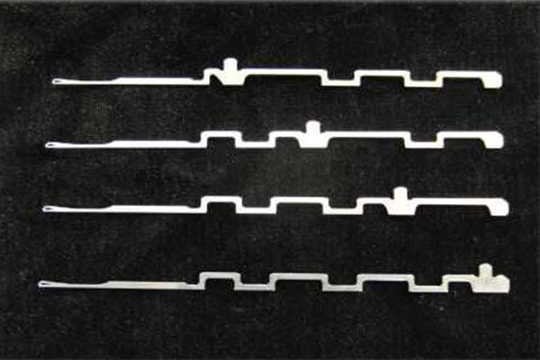 Cylinder Needle
Cylinder Needle
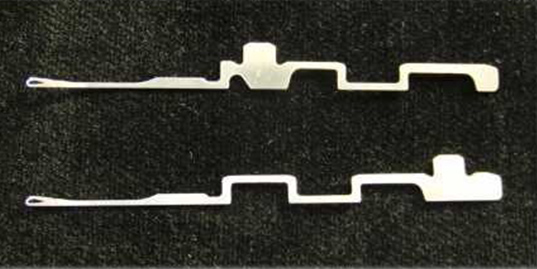 Dial Needle
Dial Needle
Sinker
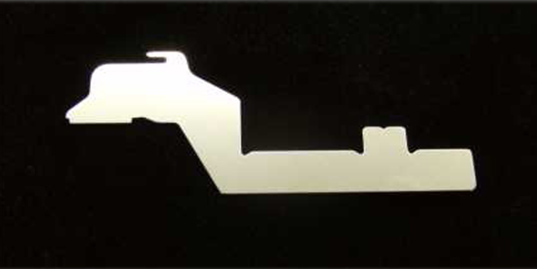
Jack
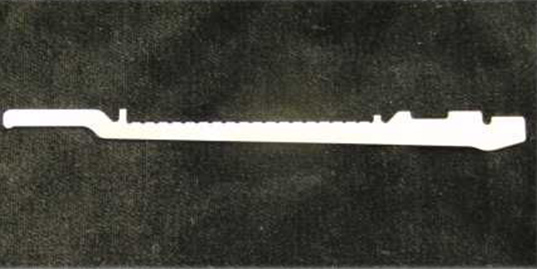 Patterning Jack
Patterning Jack
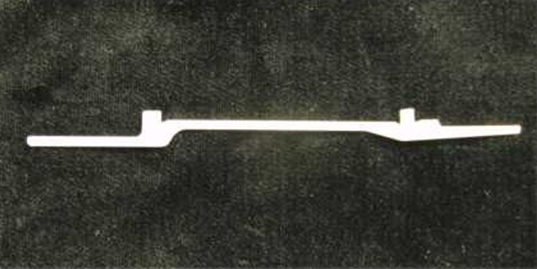 Intermediate Jack
Intermediate Jack
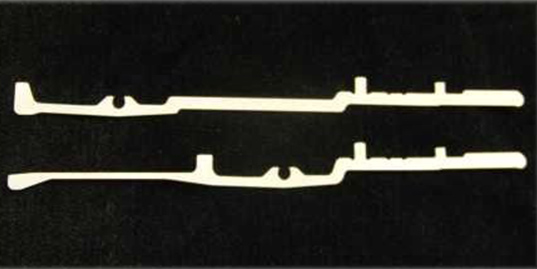 Select Jack
Select Jack
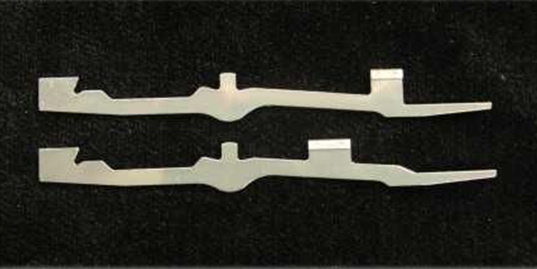 Rocking Jack
Rocking Jack
Insert Piece
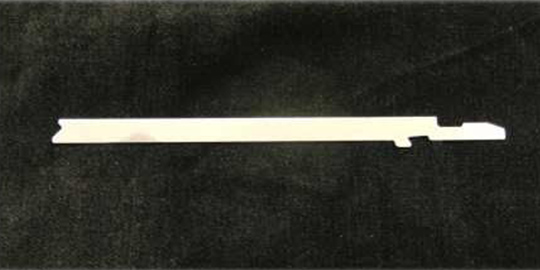
Other Needle
E-NEEDLE
E-NEEDLE is a newly designed needle on which the shapes of the main body and rear area have been modified to reduce the amount of contact with the cylinder slot. This new design makes it possible to greatly reduce both the amount of energy required for operation and the amount of heat generated by friction.
| Patent etc. |
Japan:No.4454634 USA:7690223 China:ZL 2005 8 0041703.8 China Registered Trademark:No.6133352 |
|---|
Special Feature
-
01Economy
Less electricity is required for operation.
-
02Environment
The amount of heat generation is reduced. thereby making it possible to maintain a more comfortable working environment even after long periods of operation.
-
03Evolution
Lighter needle movement allows for stable knitting at lower temperatures while also reducing the amount of physical stress placed on the machine.
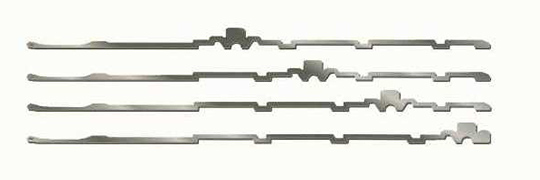 E-NEEDLE (for 4-race)
E-NEEDLE (for 4-race)
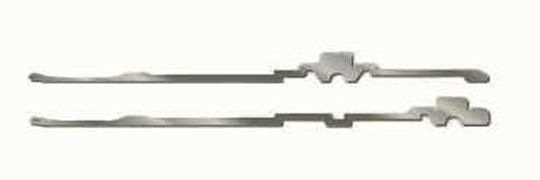 E-NEEDLE (for 2-race)
E-NEEDLE (for 2-race)
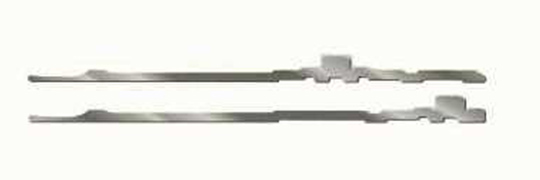 for Ultra Fine Gauge
for Ultra Fine Gauge
The amount of consumed energy and generated heat with E-NEEDLE and normal needles was compared after 2000 machine revolutions.
To summarize, an average heat reduction of approximately 12% in the cam holder and sinker cap area as well as an approximate energy savings of 7% was achieved on the machine running with E-NEEDLE.
The strength of the standard Fukuhara needles has been maintained on E-NEEDLE.
Thus, all of the mentioned improvements have been made without compromising durability. E-NEEDLE is available in a wide range of gauges and is yet another easy to use and reliable Fukuhara product.
-
Economy
The results indicate approximately 0.17kw less electricity was consumed on the machine running with E-NEEDLE.
This calculates to a CO2 reduction of 32 liters.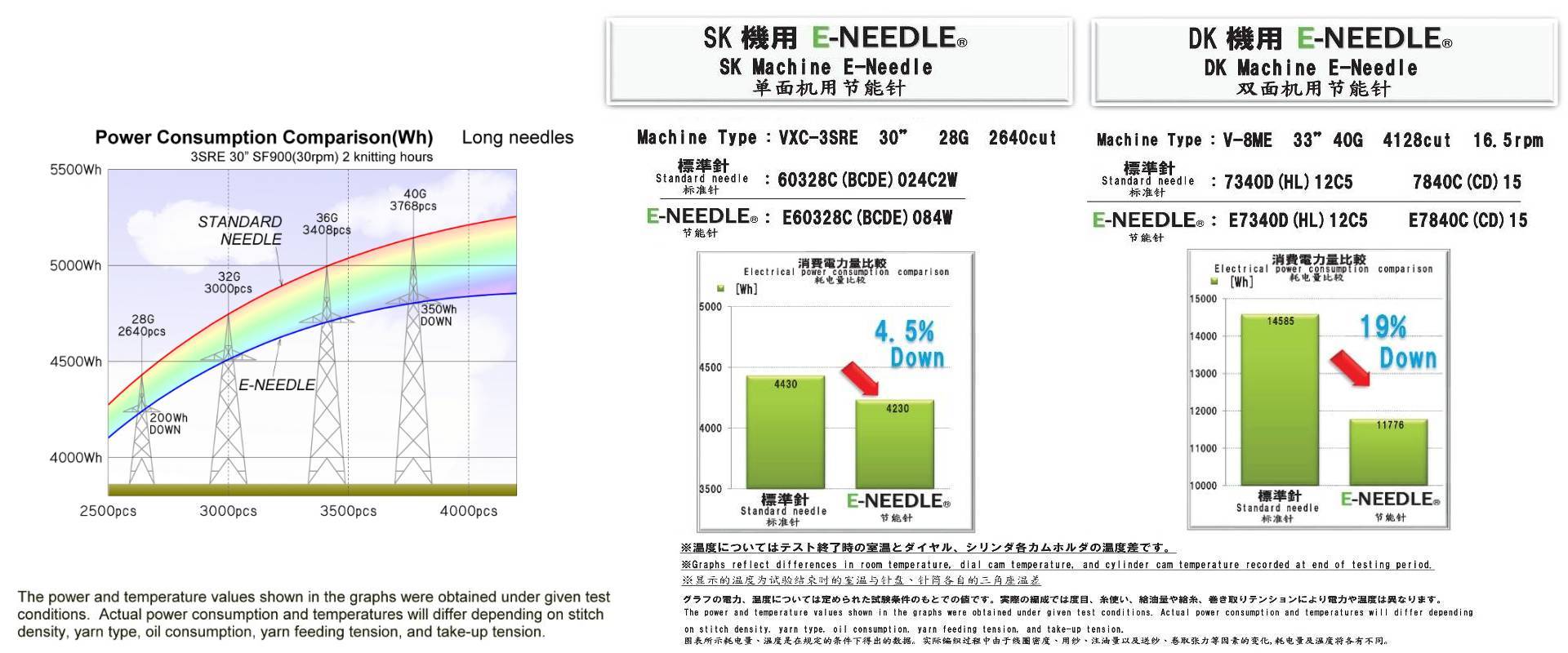
-
Environment
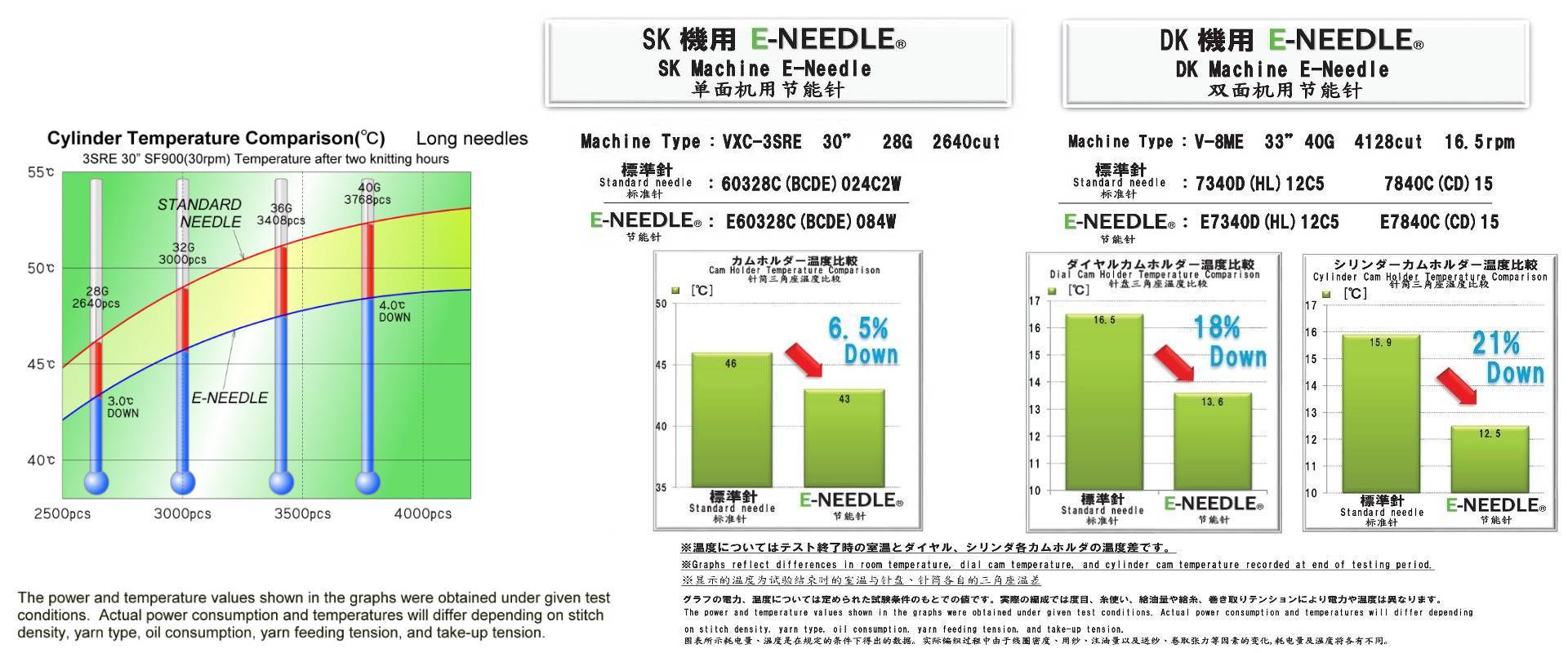
-
Evolution
The amount of physical resistance (friction) caused by contacting with the cylinder and cams is shown in the above colour-coded illustration.
The areas coloured in red are the points at which the needle makes contact with the cam and cylinder.
The needle portions coloured in blue do not make contact with the machine. No heat is generated in these areas due to the absence of physical resistance.
The figures shown to the right of the above needles indicate the ratio of cylinder contact for both E-NEEDLE and normal needles. As can be clearly seen, the amount of cylinder contact with E-NEEDLE has been reduced by nearly half. 従来針 (for 4-race)
従来針 (for 4-race)
 E-NEEDLE (for 4-race)
E-NEEDLE (for 4-race)
 従来針 (for 2-race)
従来針 (for 2-race)
 E-NEEDLE (for 2-race)
E-NEEDLE (for 2-race)
Pressed tip of hook needle
By using a needle with a hook thickness which is thinner than the thickness of the needle body, the gap between needles and sinkers become wider on single-knit machines.
The wider gap ensures a smoother yarn flow and reduces the accumulation of lint as well as lessens the load placed on the yarn.
In addition, combining this thickness with a small hook shape enables the production of high density stitch fabrics.
The same effect is also gained on double-knit machines and enables fine gauge knitting with rib-gating without exchanging the cylinder.
 Pressed tip needle
Pressed tip needle
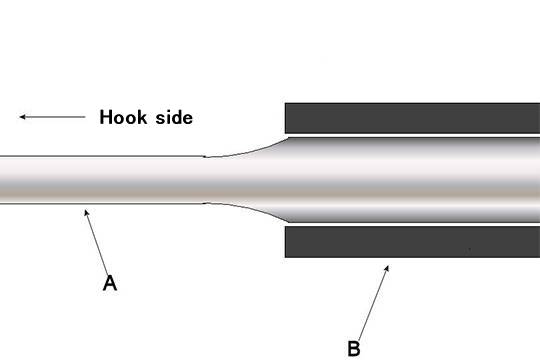 Enlarged view of pressed tip
Enlarged view of pressed tip
Improved plating needle(Modified shaped hook)
As shown in the photograph, hollowing out the bottom part inside the hook separates each yarn in the hook as much as possible (gap between red circle and white circle in the photograph) during yarn feeding when knitting a plating fabric. This shape also stabilizes the position of each yarn.
In addition, this effect makes it possible to reduce the needle hook diameter to enable production of high density stitch fabrics.
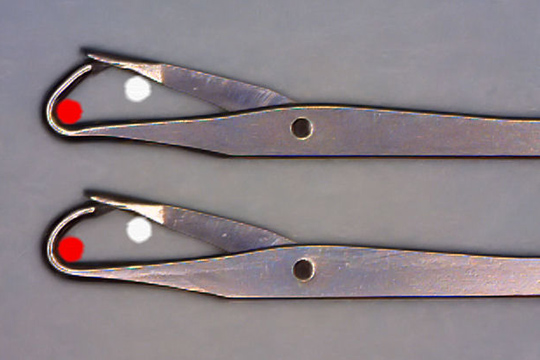 Upper Drawing: Modified shaped hook
Upper Drawing: Modified shaped hookDown: Backward hook
contact
Please feel free to contact us
with any questions or inquiries
regarding our products.

